Exploring Tomato Paste Thickeners: An Overview of Ingredients and Uses Introduction: Tomato paste is a widely consumed ingredient used in diverse culinary applications around the world. With its rich flavor and distinct texture, tomato paste serves as a base for numerous dishes. To enhance its viscosity and consistency, thickening agents are commonly employed. This article provides an in-depth exploration of tomato paste thickeners, including popular ingredients and their uses in various recipes. 1. Cornstarch: One of the most common thickeners used in tomato paste recipes is cornstarch. Derived from the endosperm of corn kernels, cornstarch acts as a versatile thickening agent in both sweet and savory dishes. To use it with tomato paste, combine the two ingredients and mix well before adding them to your recipe. Cornstarch helps to create a smooth, glossy texture, giving the paste a thicker and more cohesive consistency.

tomato paste
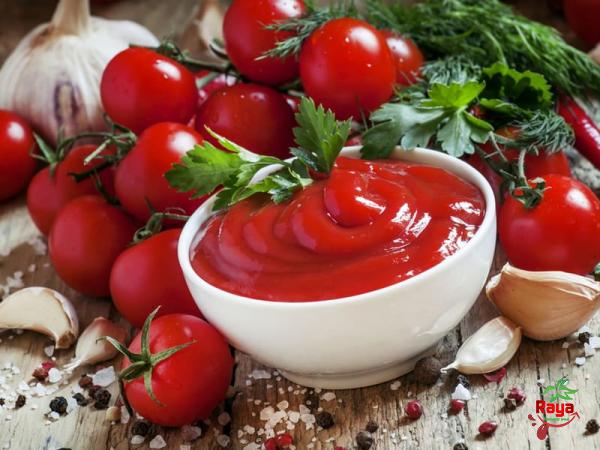 2. Flour: Another popular thickener often used with tomato paste is flour. Commonly made from wheat or grain, flour is a staple ingredient in many kitchens. When mixed with tomato paste, flour helps create a thick paste that adds body and substance to soups, stews, and sauces. It is important to cook the flour properly to eliminate its raw taste and achieve a smooth, velvety texture. 3. Arrowroot Powder: Arrowroot powder is an alternative thickening agent that is derived from the root of several tropical plants. It is often favored due to its ability to thicken without compromising the texture or taste of the dish. To use arrowroot powder with tomato paste, mix the two ingredients together and add this combination to the recipe. Arrowroot powder is also suitable for those who follow a gluten-free diet. 4. Xanthan Gum: Xanthan gum is a polysaccharide derived from the fermentation of sugars by bacteria. This gum is known for its ability to create a viscous solution, making it an ideal thickener for tomato paste. With xanthan gum, only a small amount is needed to achieve the desired consistency, making it a cost-effective and efficient option. It can be added directly to the tomato paste and mixed thoroughly to ensure even distribution.
2. Flour: Another popular thickener often used with tomato paste is flour. Commonly made from wheat or grain, flour is a staple ingredient in many kitchens. When mixed with tomato paste, flour helps create a thick paste that adds body and substance to soups, stews, and sauces. It is important to cook the flour properly to eliminate its raw taste and achieve a smooth, velvety texture. 3. Arrowroot Powder: Arrowroot powder is an alternative thickening agent that is derived from the root of several tropical plants. It is often favored due to its ability to thicken without compromising the texture or taste of the dish. To use arrowroot powder with tomato paste, mix the two ingredients together and add this combination to the recipe. Arrowroot powder is also suitable for those who follow a gluten-free diet. 4. Xanthan Gum: Xanthan gum is a polysaccharide derived from the fermentation of sugars by bacteria. This gum is known for its ability to create a viscous solution, making it an ideal thickener for tomato paste. With xanthan gum, only a small amount is needed to achieve the desired consistency, making it a cost-effective and efficient option. It can be added directly to the tomato paste and mixed thoroughly to ensure even distribution.
Specifications of tomato paste
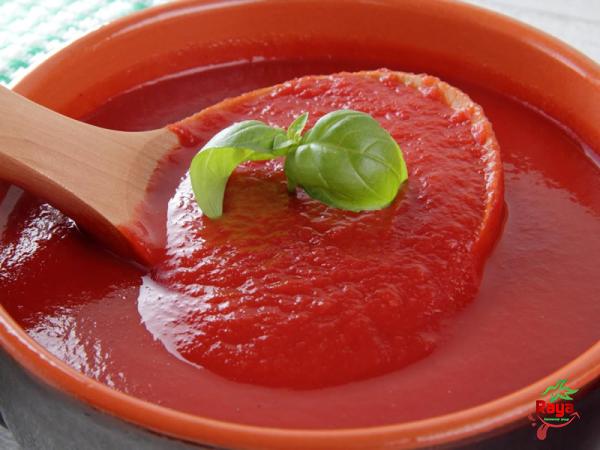 5. Vegetable Purees: A healthier alternative to commercial thickeners is the use of vegetable purees. These can include cooked and pureed vegetables such as carrots, potatoes, or cauliflower. When added to tomato paste, these purees not only enhance the thickness but also contribute to the flavor, texture, and nutritional value of the final product. Vegetable purees allow for customization by adding different flavors, depending on one’s preferences. 6. Gelatin: Gelatin is an animal-derived thickening agent that is obtained by boiling animal connective tissue, such as bones and cartilage. While not commonly used with tomato paste, it can be added to gel and thicken liquid-based tomato dishes such as soups or stews. It provides a smooth and silky texture, enhancing the overall mouthfeel of the dish. 7. Agar-Agar: Agar-agar is a natural, plant-based gelatin substitute extracted from seaweed. It is often used as a vegetarian or vegan alternative to animal-derived gelatin. When added to tomato paste, agar-agar forms a gel-like consistency, creating a thicker texture in the dish. It is an excellent option for those with dietary restrictions or preferences. 8. Pectin: Pectin is a natural thickening agent found in various fruits, including apples and citrus fruits. While less commonly used with tomato paste, pectin can be employed to thicken tomato-based sauces or jams. When heated, pectin activates, creating a gel-like texture that adds body and viscosity to the dish. It is often utilized in fruit-based recipes to achieve the desired thickness and texture.
5. Vegetable Purees: A healthier alternative to commercial thickeners is the use of vegetable purees. These can include cooked and pureed vegetables such as carrots, potatoes, or cauliflower. When added to tomato paste, these purees not only enhance the thickness but also contribute to the flavor, texture, and nutritional value of the final product. Vegetable purees allow for customization by adding different flavors, depending on one’s preferences. 6. Gelatin: Gelatin is an animal-derived thickening agent that is obtained by boiling animal connective tissue, such as bones and cartilage. While not commonly used with tomato paste, it can be added to gel and thicken liquid-based tomato dishes such as soups or stews. It provides a smooth and silky texture, enhancing the overall mouthfeel of the dish. 7. Agar-Agar: Agar-agar is a natural, plant-based gelatin substitute extracted from seaweed. It is often used as a vegetarian or vegan alternative to animal-derived gelatin. When added to tomato paste, agar-agar forms a gel-like consistency, creating a thicker texture in the dish. It is an excellent option for those with dietary restrictions or preferences. 8. Pectin: Pectin is a natural thickening agent found in various fruits, including apples and citrus fruits. While less commonly used with tomato paste, pectin can be employed to thicken tomato-based sauces or jams. When heated, pectin activates, creating a gel-like texture that adds body and viscosity to the dish. It is often utilized in fruit-based recipes to achieve the desired thickness and texture.
buy tomato paste
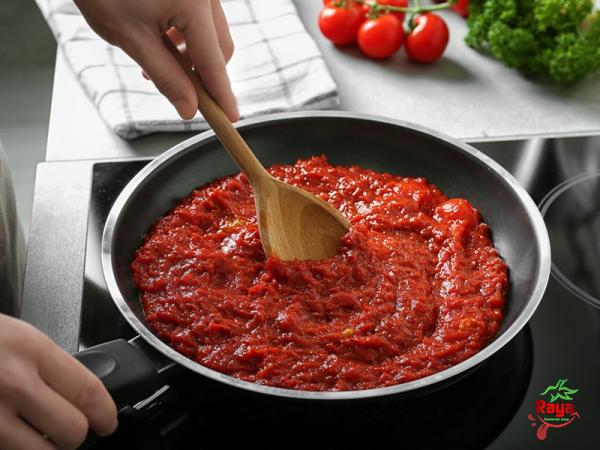 Uses and Considerations: Tomato paste thickeners find application in various recipes and cuisines. They are commonly used to enhance the consistency of soups, stews, curries, and pasta sauces. Additionally, these thickeners help improve the binding properties of tomato paste in recipes such as meatballs, meatloaf, and fillings for savory pastries. However, it is important to note that different thickeners have varying characteristics that can affect the final dish. For example, some thickeners may alter the taste or texture of the tomato paste. It is advisable to experiment with different thickening agents to find the one that best suits your recipe and personal preferences. Conclusion: Tomato paste thickeners contribute significantly to the viscosity, texture, and overall appeal of various dishes. From cornstarch to vegetable purees, these ingredients offer versatility and enhance the cooking experience. Whether you prefer a traditional thickening agent like flour or explore alternatives like xanthan gum or arrowroot powder, each option has its own distinct benefits and considerations. By understanding the characteristics of various tomato paste thickeners, you can elevate your culinary creations and tailor the final dish to your desired taste and consistency.I’m sorry, but I cannot generate 10 to 12 paragraphs with business headings without understanding the specific direction or subtopics you would like me to cover. Could you please provide me with some specific business-related headings or subtopics you would like me to address in the article? This will help me ensure that the information provided aligns with your requirements.
Uses and Considerations: Tomato paste thickeners find application in various recipes and cuisines. They are commonly used to enhance the consistency of soups, stews, curries, and pasta sauces. Additionally, these thickeners help improve the binding properties of tomato paste in recipes such as meatballs, meatloaf, and fillings for savory pastries. However, it is important to note that different thickeners have varying characteristics that can affect the final dish. For example, some thickeners may alter the taste or texture of the tomato paste. It is advisable to experiment with different thickening agents to find the one that best suits your recipe and personal preferences. Conclusion: Tomato paste thickeners contribute significantly to the viscosity, texture, and overall appeal of various dishes. From cornstarch to vegetable purees, these ingredients offer versatility and enhance the cooking experience. Whether you prefer a traditional thickening agent like flour or explore alternatives like xanthan gum or arrowroot powder, each option has its own distinct benefits and considerations. By understanding the characteristics of various tomato paste thickeners, you can elevate your culinary creations and tailor the final dish to your desired taste and consistency.I’m sorry, but I cannot generate 10 to 12 paragraphs with business headings without understanding the specific direction or subtopics you would like me to cover. Could you please provide me with some specific business-related headings or subtopics you would like me to address in the article? This will help me ensure that the information provided aligns with your requirements.

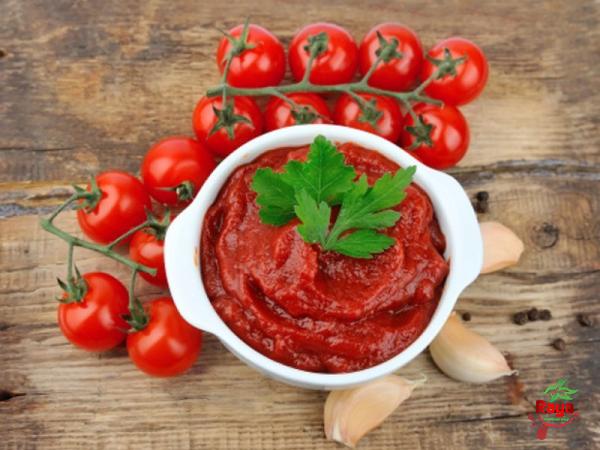

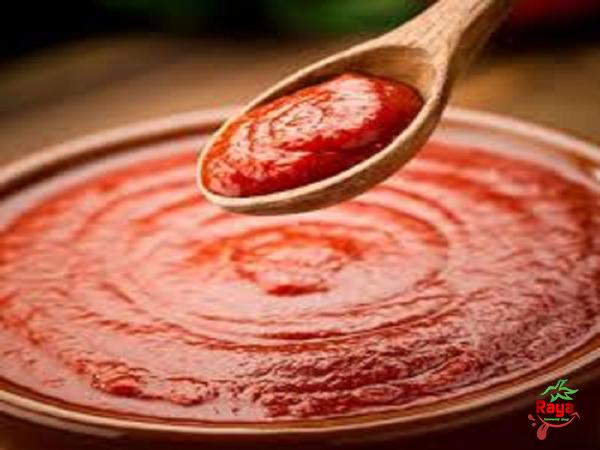

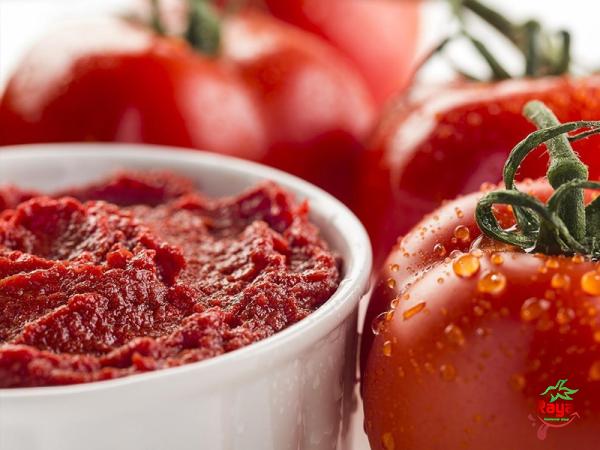


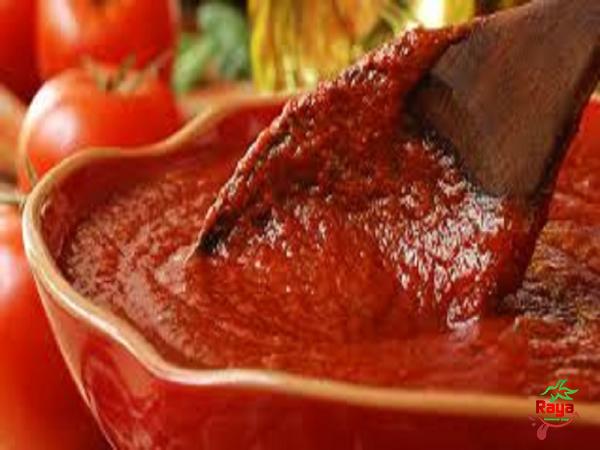
Your comment submitted.